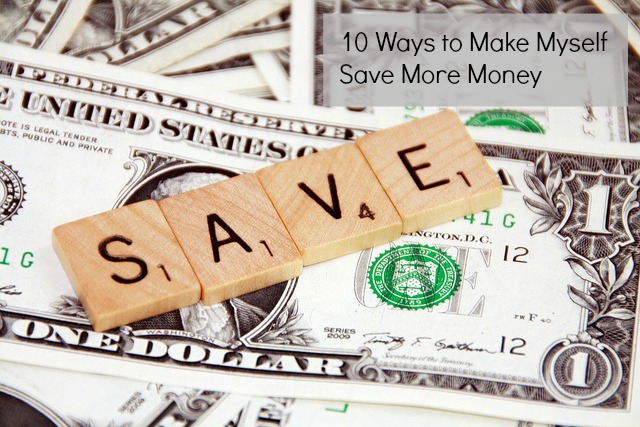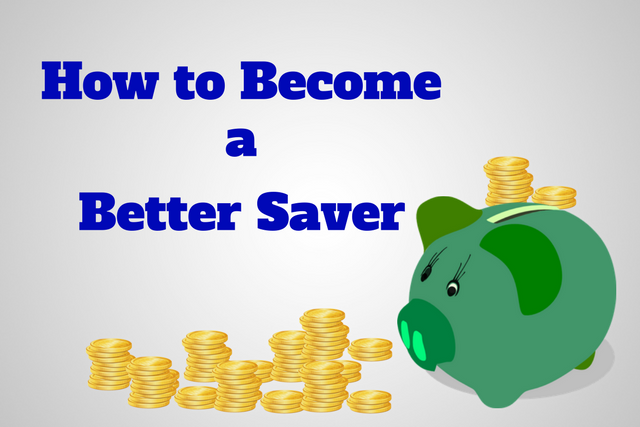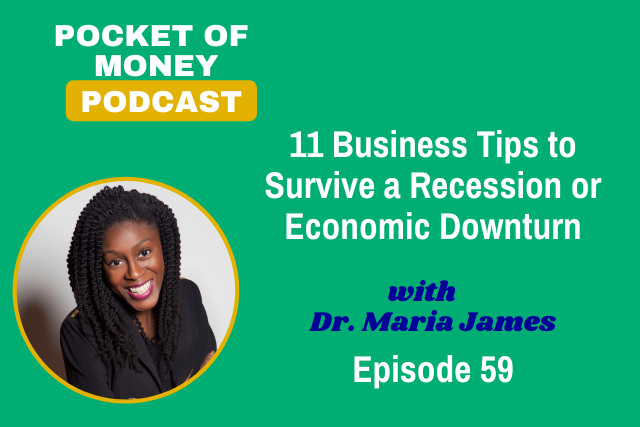10 Ways to Make Myself Save More Money

Saving money can be difficult as you’re usually putting money away for an intangible item, out of sight out of mind problem, for a future occurrence that may never happen. Maybe you make a general statement such as I’m going to start saving because it’s important. This is not motivating enough to consistently save money. You may save for a week or two, but then you’re going to fall off. Ask yourself: Why is it important? What exactly are you saving the money to buy? Here are a few more ways to make you save more money.
1) Write down your goals (previous post about resolutions and goal setting). In order to achieve something you first have to state what it is. The goal should also be specific and measurably. You should know exactly when you have successfully reached the goal, give it a dollar amount and deadline.
2) Create a visual reminder of your goals. Out of sight, out of mind is a big factor. You’re more likely to spend and not save if you can’t remember why you should be saving, especially when the impulse to buy a want occurs. Create something visual to hang on your wall, place as a screen saver, etc.
3) Break your savings goals into daily or weekly amounts to make it more manageable in your mind and so you know exactly what to aim for every day or week. For example if you want to save $6,000 for the year, then you know you need to save $500 each month, $125 each week, or $17.85 each day. If you’re saving up $1,000 for a trip coming up in 5 months, then you know you need to save $200 each month, $50 each week, or $7.14 each day.
4) Wait and come back. When you want to buy an item, wait for at least a week, come up with reasons as to why you need it, not want but need it. If you can’t think of any reasons then leave it. If the item will no longer be available in a week, then wait at least 24 hours. You’ll be amazed how this simple trick will get you to decrease unnecessary spending.
5) Shop your closets. I don’t know about you, but sometimes when I clean a closet or cupboard I find things that I’d completely forgotten existed. There may be things in your home suffering the same fate. What’s in the back of your closet? Check the clothes closet, hall closet, pantry etc. What forgotten items may be in there? How can you re-purpose them for the new season or a new use?
6) Get a bottle for loose change. When you buy something, put the loose change in a bottle (aka piggy bank for adults), or just get a piggy bank and have fun with it. Once your bottle is filled, wrap the coins in the appropriate wrappers and take them to the bank. It’s better to take them to a bank where you have an account as you can deposit the money in savings right then and there.
7) Only charge items you can pay off in full before the end of the month. Don’t carry a balance on your credit card and you’ll save all the money you would have paid in savings. You’ll also maintain a good credit card history and credit score while not increasing your debt.
8) Make a realistic not extremely frugal budget. One of the top reasons a person doesn’t stick to a budget is the budget isn’t realistic. The budget is so limiting, there are no rewards or real entertainment factored into it. No one and I mean no one can stick to a budget like that one and if you can’t stick to the budget then you’ll overspend. Make sure the budget is frugal so you’re getting the most out of your money and moving towards your financial goals, but don’t make it so restrictive that you can’t enjoy yourself a bit. You won’t overspend and you’ll save money.
9) Calculate how long you have to work to afford the item. Every item you buy you can figure out how much time you have to work to be able to afford it. For example, if you’re buying a jacket that is $200 and you make $20 per hour, you worked for 10 hours in order to get the money to purchase the jacket. Is it really worth 10 hours of work? Do you feel comfortable trading 10 hours of your time for the jacket? Do this before making a purchase and you might just decide the item isn’t worth it.
10) Delete your saved card information on the shopping sites. Major shopping sites will allow you to create an account and save your payment information. This is offered as a gesture in convenience for the shopper. If you have an account you don’t have to take out your card and spend time entering the information. Or looking at it from their view, you won’t spend time thinking about the purchase and potentially deciding that you really don’t need the item. Convenience can and does lead to more spending. Delete the information, take the time and save more money.
What are your biggest obstacles to saving money and how do you overcome them?
Leave your comments below and reach us on Facebook and Twitter.
Photo credit: 401(K) 2012






